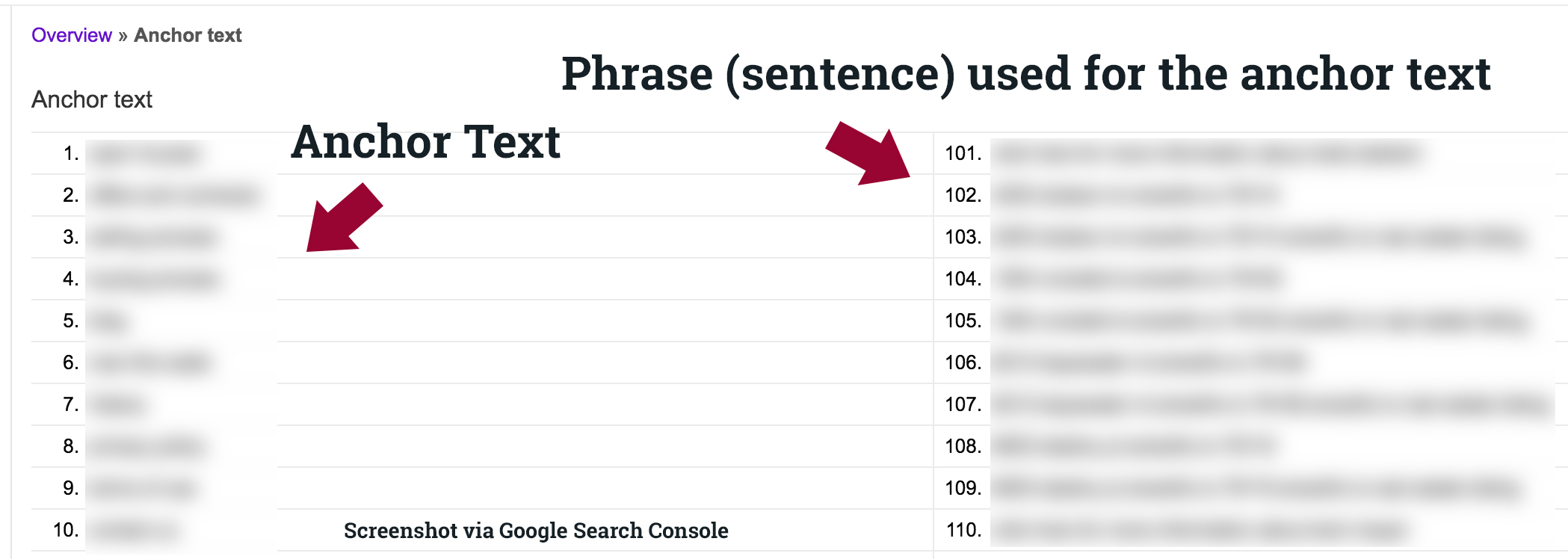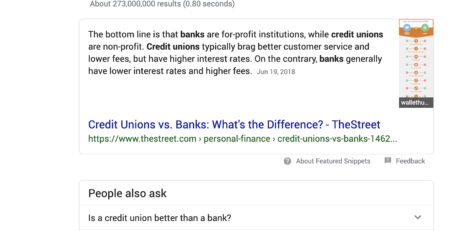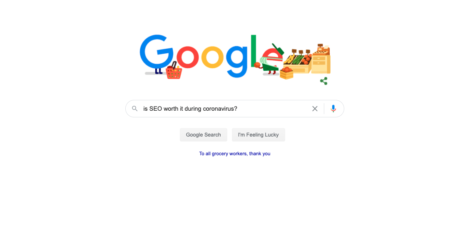Dealing with Spam Referral Traffic in Website Analytics
So, You’ve Noticed Referral Traffic from Spam Sites
semalt.com
simple-share-buttons.com
buttons-for-website.com
If you’ve ever taken a look at analytics for your website, you’ll have seen sites like these inside the referral traffic category. What are these sites? Are they real people? Should I be concerned about hackers? Why are they visiting my site? Should I do something about it?
Spam Bots

Spam bots are out there. They crawl your site for many reasons. Some are good, some not. Google has its own spam bot, for example. But many are simply spam, unnecessary, and potentially aggravating for website managers who want “clean” reports free from numbers that may dilute actual data in reports from Google Analytics, or other website analytics. And though they won’t typically hack your site, they make reports inaccurate, and ultimately undermine consistency for businesses who are tracking their success online.
4 Steps: Clean Spam Up and Build on Quality Referral Traffic
Do you recognize the site?
The first step to knowing if a referrer is spam or not is to visit the url for yourself. If you quickly recognize it, great! Referral traffic is a fantastic way to earn quality traffic from other websites. Referral traffic is very positive, and many business make a living from earning ROI from referrers. But, the problem is knowing the real story. Is it spam or not?
If you don’t recognize the site, move to the next step.
Do a quick search for common spam sites
We’ve already included several known spam sites at the top of this post. semalt.com, and simple-share-buttons.com are well known spammers. Sometimes you can quickly identify a spam site by simply googling the url. You’ll notice immediately others have identified many spam sites.
If you still don’t know, and can’t find proof, move to the next step.
Use Search Console (Google Webmaster Tools) to explore link anchor tags
This is a bit more technical, if you’re an analytics beginner. What you’re essentially looking for is what word or phrase was used to hyperlink to your site. This often reveals spam sites. If the keyword or phrase linked to your site is completely irrelevant to your site content, the referrer is spam.
For example, let’s use the example of an online pottery business. The pottery website would expect to find referring traffic linked in an anchor text like “pottery” or “check out this great pottery site”. In this case, the keyword “pottery” is linked. It’s likely in this scenario the site isn’t spam. If, however, the keyword is something like “kate middleton pics”, you can bet it’s a spam site (NOTE: We’ve seen that exact keyword phrased linked to sites we manage).


Create a filter in Google Analytics
This is the best way to “clear up” website traffic reports once you know you’ve discovered a spam referrer. If you are using Google Analytics for website reports, here’s a great guide to creating filters that remove spam traffic.
Conclusion
Knowing what spam traffic is, and how to deal with it will make your website tracking more accurate, and consistent.












Comment (1)
Excellent article.its very intresting and very helpful for me and others.Thanks for sharing it.
Keep updating new post.